Between the Sand - Phase 1 - In the Lab
March 30, 2018
The research group at Queen's University's Civil Engineering Department.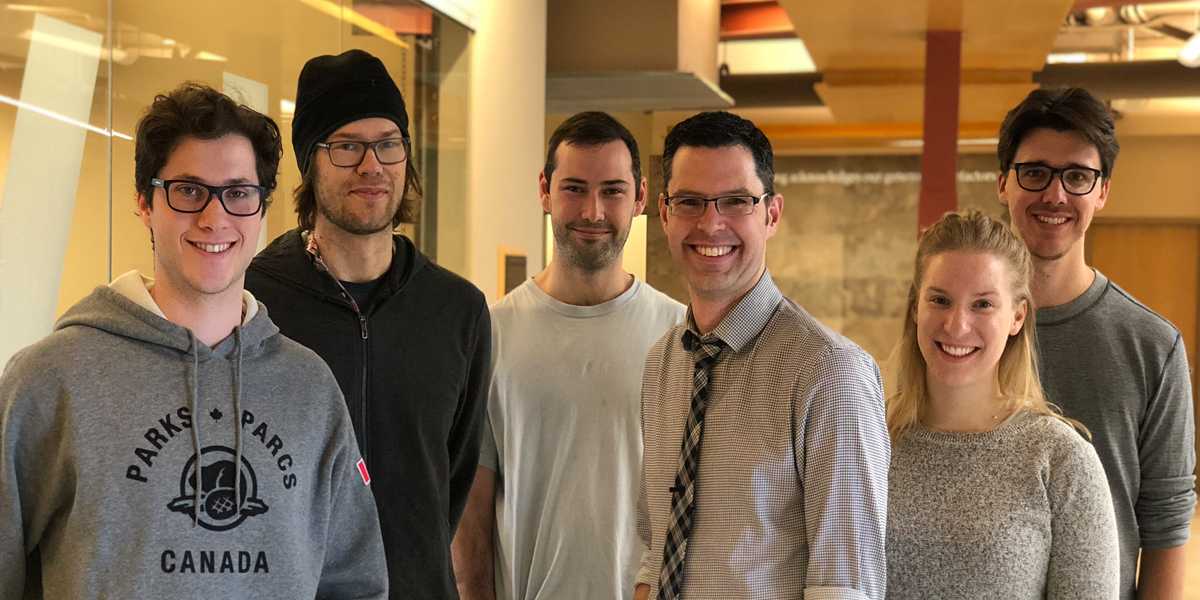
Between the Sand started as artist residency in Dr. Kevin Mumford's Research Lab at the Department of Civil Engineering at Queen's University in Kingston, Ontario, Canada. It was organized, facilitated and hosted in collaboration with Art the Science. This was an immersive residency lasting two weeks, from March 19th to March 30th, 2018.
As the artist, I was given a desk within the graduate offices, and spoke to several members of the research group, including Kevin Mumford, who guided me through the breadth of their research, and Cole Van De Ven, whose experiments I observed while conducting his PhD research.
Observed Experiments
Close up of sand grains backlit and flattened between two plates of glass.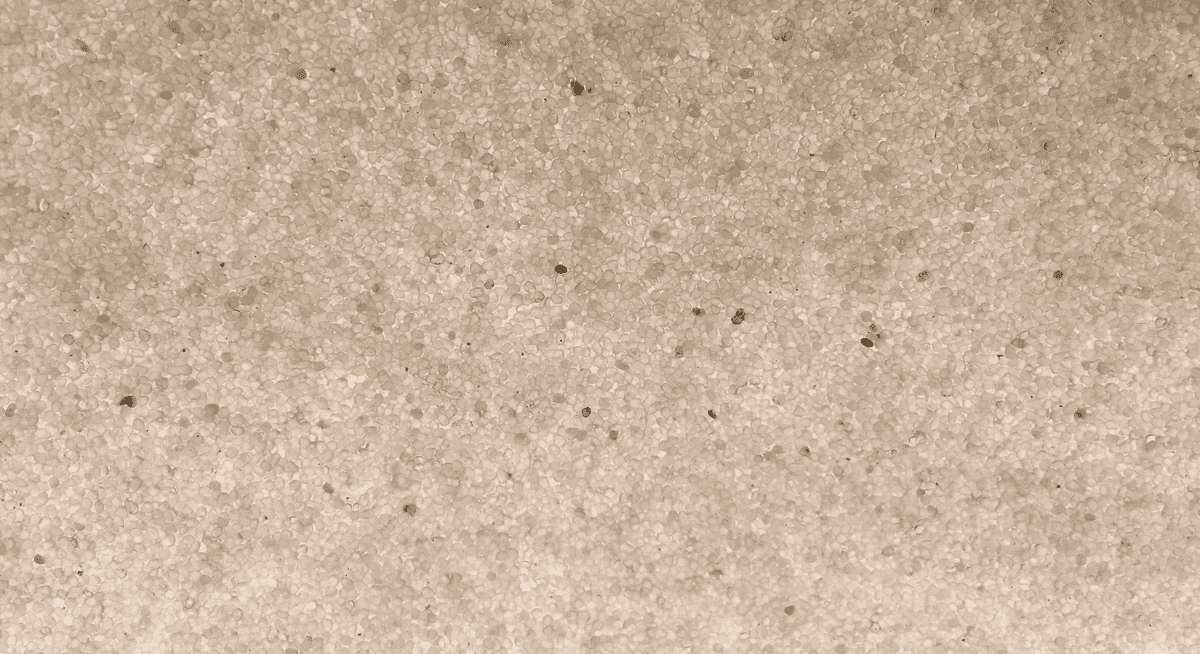
The experiments featured a thin layer of sand packed between two plates of glass. The sand was 14 grains thick, and illuminated by a powerful backlight. The sand was filled with water, and the experiment commenced when gas was injected from a needle located in the lower middle of the column.
The top edge of a freshly packed sand column filled with water and awaiting an injection of gas.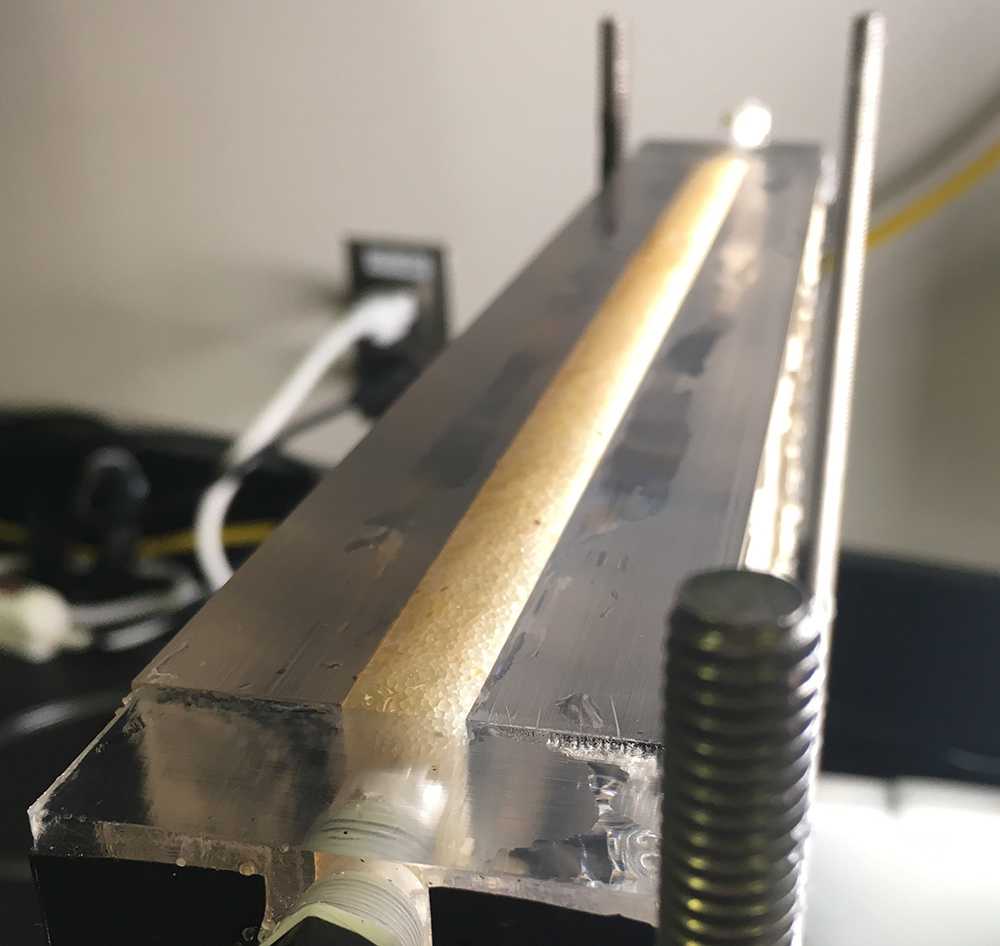
Each experiment took anywhere from a few seconds to several minutes, depending on the pressure of the gas used. The experiments were video recorded and processed afterward for analysis. The dataset helped predict how gases and fluids travel through porous media.
Raw image from the experiment reveals gas percolating through the sand column. Image: Cole Van De Ven
Grains
Near the end of the residency I had the opportunity to view and photograph the sand used in the experiments using the lab microscope. These images where eventually used to create the sand grid after the residency.
Sand grains from the experiments, as seen through the lab's microscope.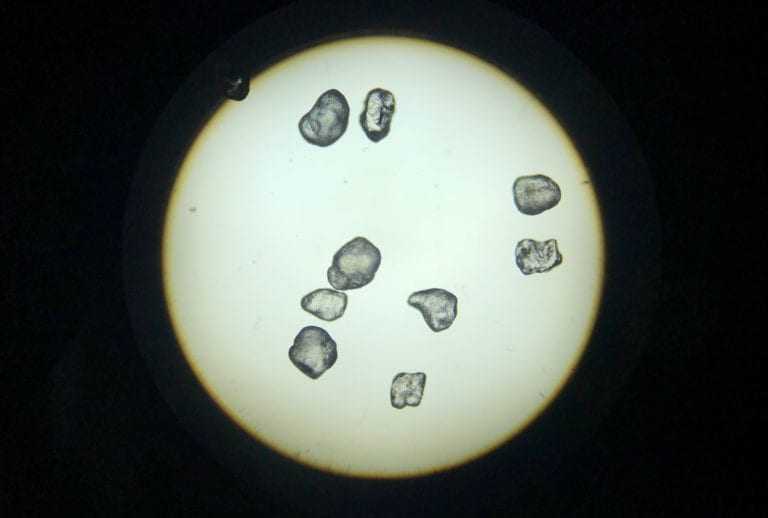
Dye Colour
The lab is equipped with coloured beads and dyes that can be added to the media used in these experiments. These colours are added to help view certain characteristics, although I often thought the real benefit was the beauty of the resulting images.
Laboratory image of a dyed sand column. Image: Cole Van De Ven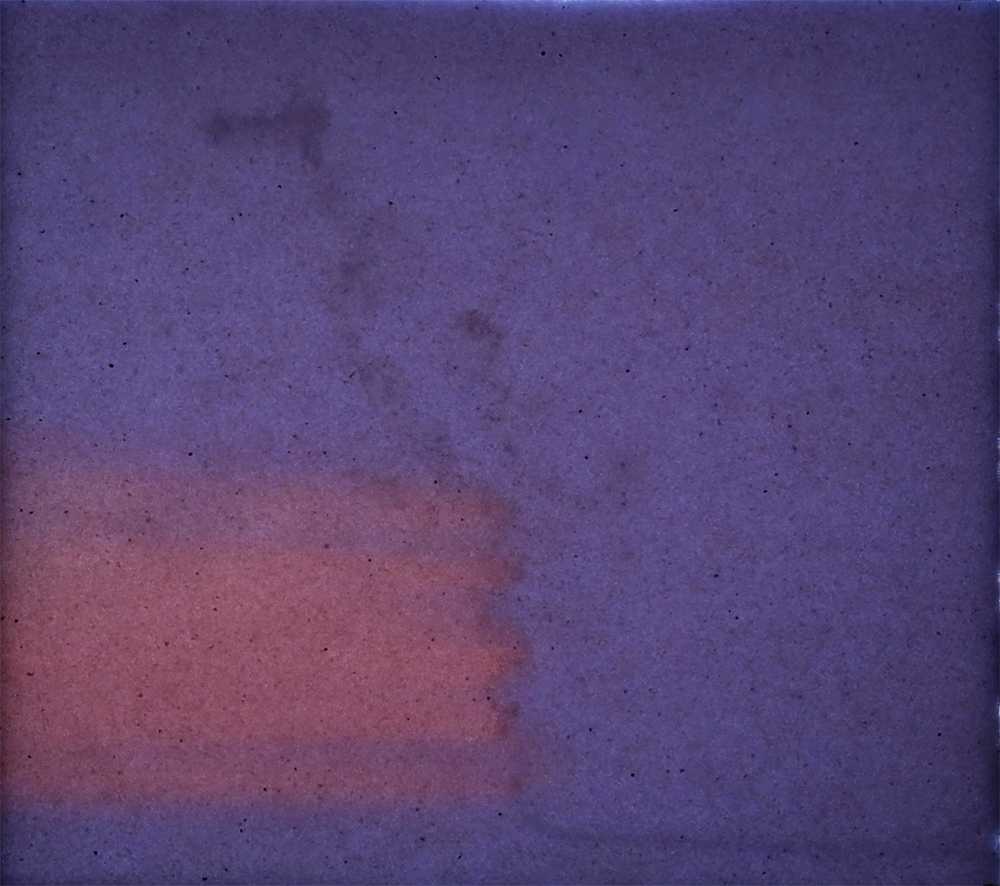
Between the Sand
Inspired by these observations, I built a code-based approximation of the sand as it appeared in the lab. This led to the creation of Code to Sand, a small project created at the residency to simulate the distribution and colour of the sand column.
Code on the right and Sand on the Left, this was an attempt mimic what I saw in the lab with HTML5 canvas.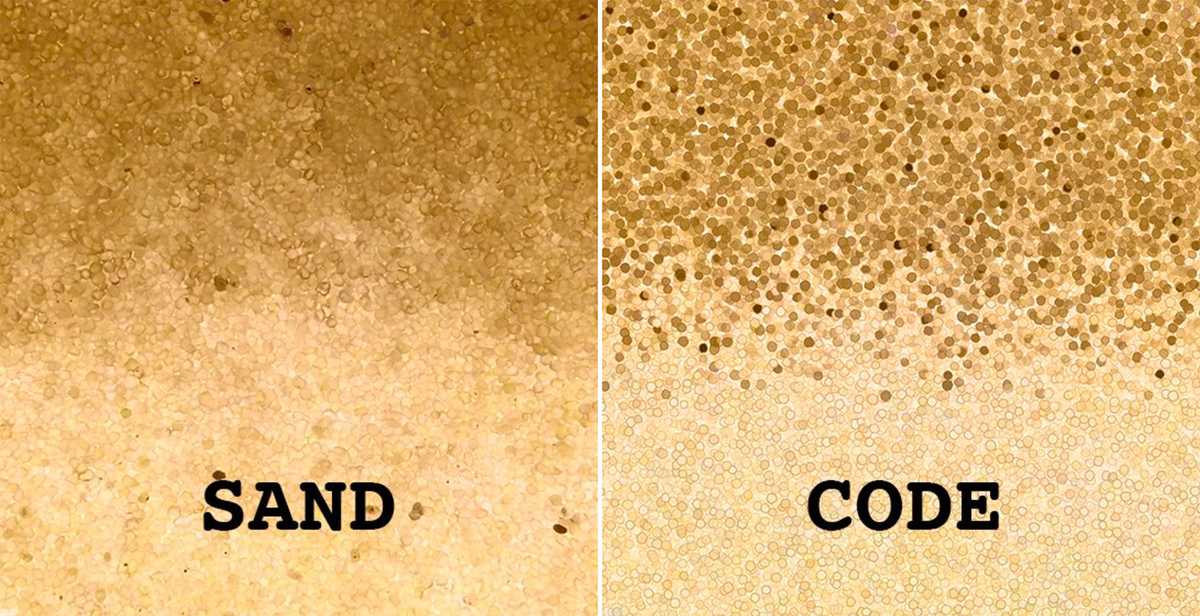
While plotting the virtual grains, I noticed how they naturally created channels of negative space, much like the rivers of space that run between words in a book.
This is one of the original images as coded during the residency. It shows the negative space between the sand, and is the inspiration for what would eventually drive the invasion percolation algorithm.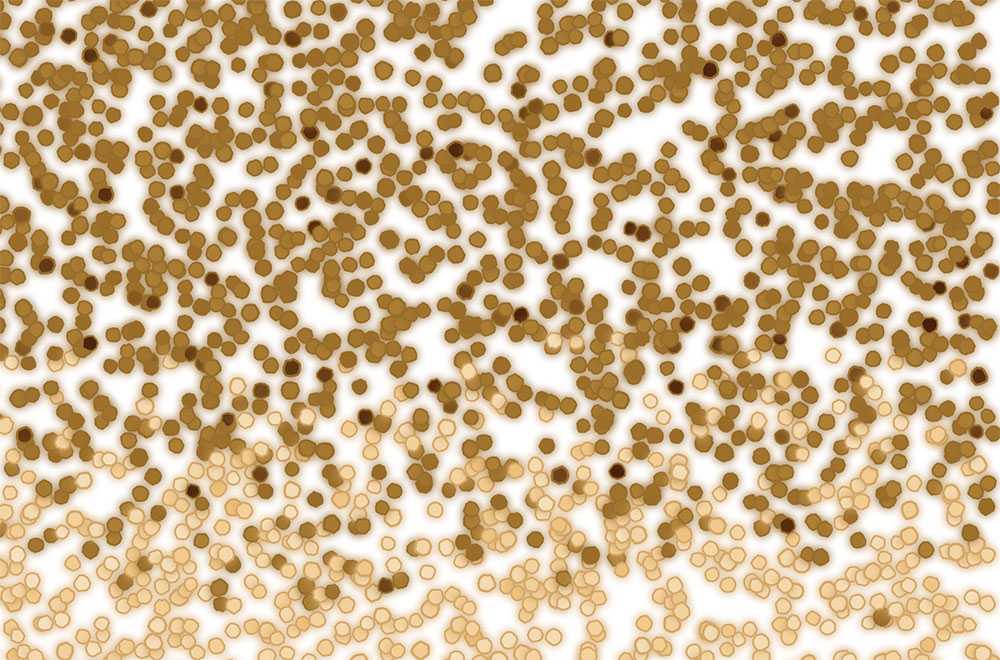
At the end of the residency, I resolved to focus on this "space" between the sand, and would continue to build out a web application that incorporated contaminated spaces, microscopic images, and coloured dye.
Between the Sand
Phase 1 - In the Lab (this page)
Phase 2 - Local Event
Phase 3 - Online Exhibition